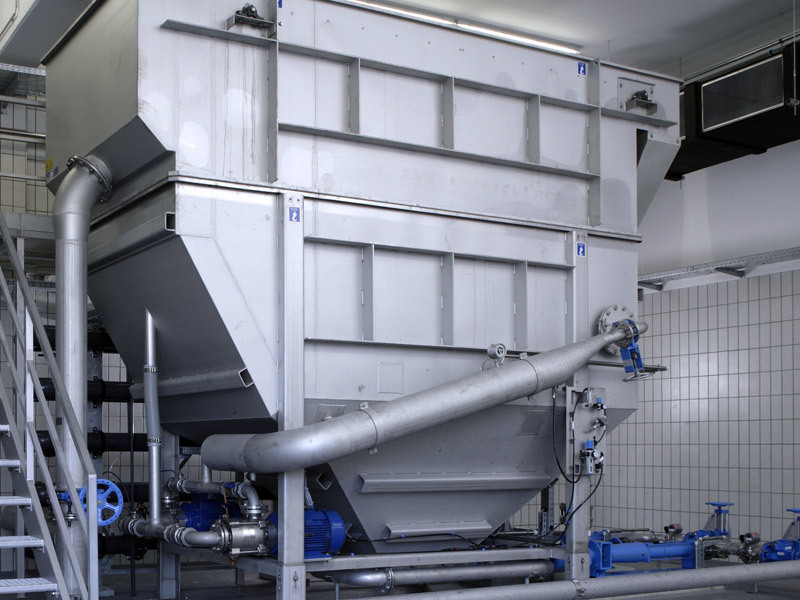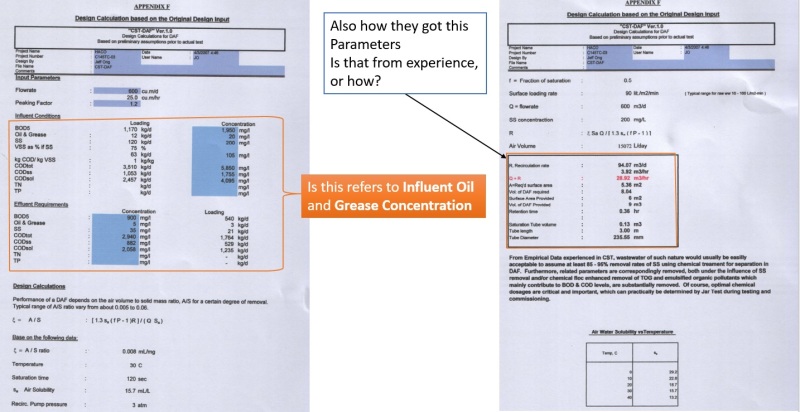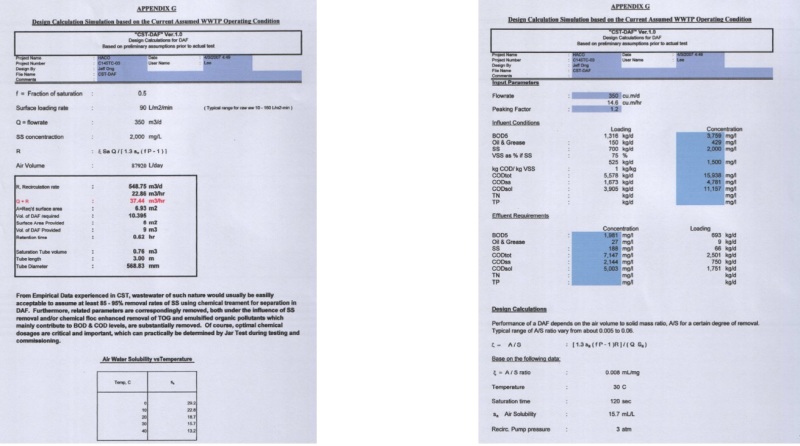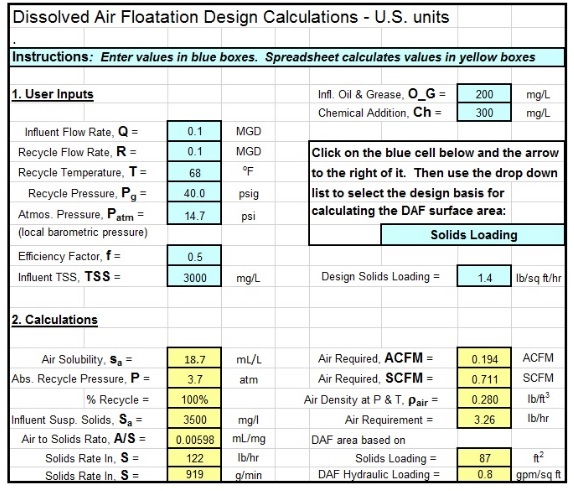sebastianS
Industrial
Hi folks,
I need help and it will be great from your experience to help me, I appreciate that.
I work on design DAF Dissolved Air Flotation product. I have input parameters and with input parameters I calculated A/S ratio, Air solubility, Solid loading ratio, Hydraulic loading ratio etc, the next step when I know calculations and what is required DAF plate area , I need to find what will be Length, Height and Width for my DAF plate pack (Dissolved air Flotation).
How do I find that informations ?
Also for Height of the DAF - is it standard height required for the air bubble motion upward.
King Regards,
Andreas
I need help and it will be great from your experience to help me, I appreciate that.
I work on design DAF Dissolved Air Flotation product. I have input parameters and with input parameters I calculated A/S ratio, Air solubility, Solid loading ratio, Hydraulic loading ratio etc, the next step when I know calculations and what is required DAF plate area , I need to find what will be Length, Height and Width for my DAF plate pack (Dissolved air Flotation).
How do I find that informations ?
Also for Height of the DAF - is it standard height required for the air bubble motion upward.
King Regards,
Andreas




